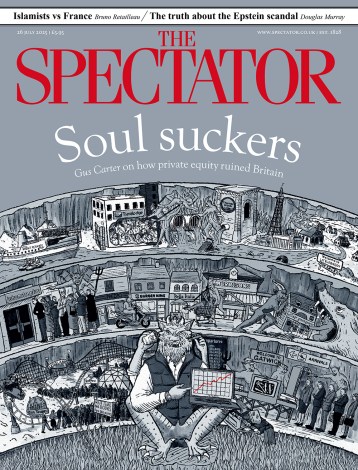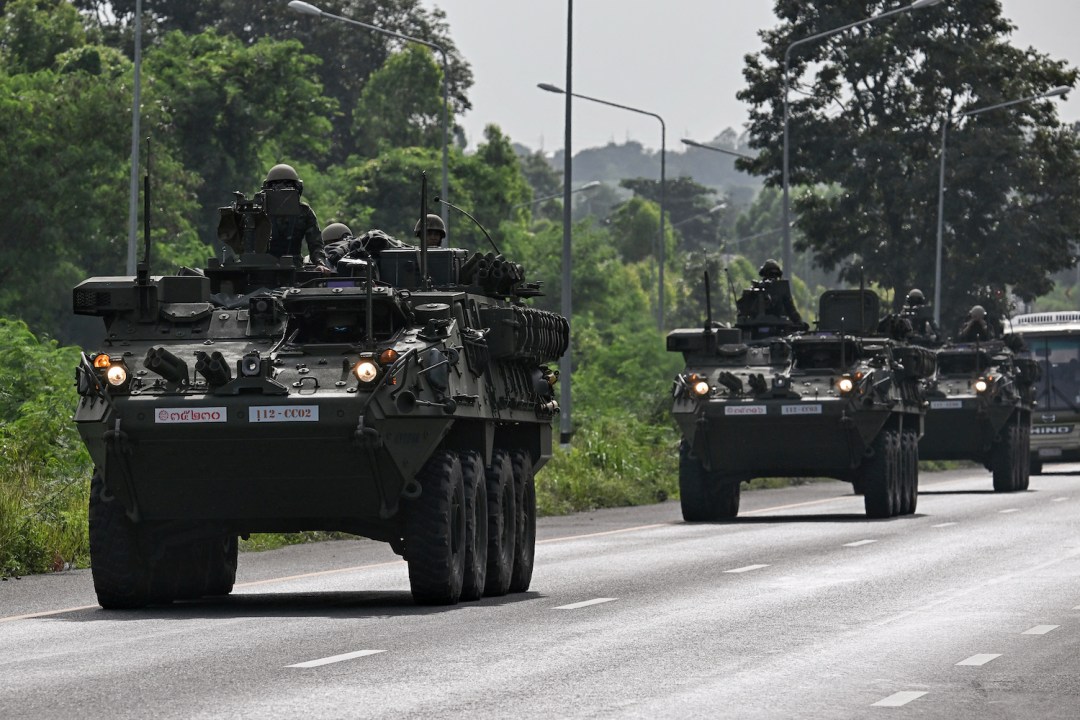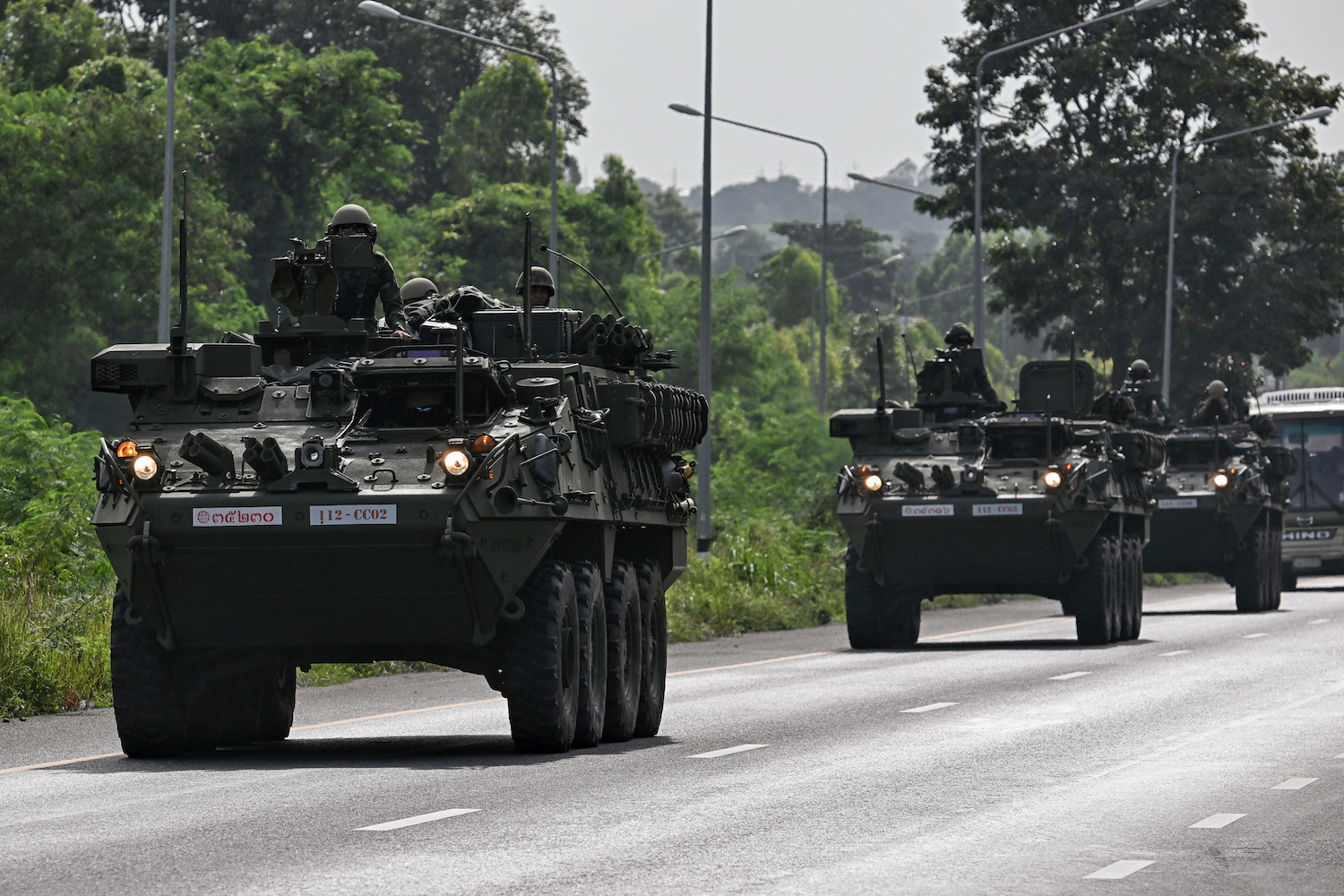A border dispute between Thailand and Cambodia which goes back more than a century has once again erupted in fatal clashes, leading to diplomatic alarm and appeals for international help. There has long been a schism between the two countries over an arbitrarily-drawn, 817-kilometre border conceived by the French in 1907.
The present confrontation began in May, when a Cambodian soldier was killed during an exchange of fire between Thai and Cambodian troops in a border region known as the Emerald Triangle because it also shares a frontier with Laos.
Despite attempts to prevent escalation, tensions continued to rise. Troop deployments on both sides were reinforced, border crossings were restricted and Thailand threatened to cut electricity and internet links to border towns in Cambodia.
There were further deaths and injuries caused by legacy landmine explosions. The mines had been left buried along the border with Thailand after years of conflict from the 1970s to 1990s, including the Vietnam war and the Cambodian-Vietnamese war which involved the brutal, communist Khmer Rouge rulers of the renamed Kampuchea.
A Thai soldier lost a leg from a mine detonation on 16 July and then five more soldiers were injured from blasts.
The deaths and injuries led to a huge escalation between the two countries. Thailand launched six F-16 fighter jets to the border, one of which bombed a ‘military’ target in Cambodia; and in a second raid, four F-16s were sent to bomb more military sites.
Cambodian troops fired rockets and artillery shells, striking homes and public buildings. At least one Thai civilian was killed in Surin province, and three others, including a five-year-old boy, were injured, according to Rear Admiral Surasant Kongsiri, a Thai government spokesman.
According to the health ministry in Bangkok, at least 11 civilians and one soldier have been killed in Thailand from artillery fire in the recent clashes. Twenty-four civilians and seven military personnel have been injured, the ministry said. Casualties in Cambodia are unknown.
In one incident, the Thai army claims, six people were killed at a petrol station in Thailand from Cambodian rocket fire. Hundreds of people have fled their homes near the border. Thailand eventually closed its entire border with Cambodia.
Each country condemned the other’s aggression and refused to take responsibility for starting the new round of border clashes.
The Thai prime minister faces dismissal.
In the midst of the border confrontations, Thailand’s prime minister Paetongtarn Shinawatra, was caught making a highly controversial telephone call to Hun Sen, the powerful former leader of Cambodia in which she denigrated the Thai army’s actions on the border. She addressed Hun Sen as ‘uncle’.
The conversation was leaked, and the Thai prime minister was suspended. She now faces dismissal.
In terms of firepower and military capability, Thailand is streets ahead of Cambodia. With more than 360,000 active military personnel, Thailand has triple the manpower. Thailand’s air force is ‘one of the best-equipped and trained in Southeast Asia,’ according to Military Balance 2025, published by the London-based International Institute for Strategic Studies.
At the heart of the current border dispute is the Ta Muen Thom temple in Cambodia. The Cambodian defence ministry accused Thai soldiers of installing barbed wire around the base of the temple and flew drones across the border. Bangkok said Cambodia made the first aggressive move.








Comments